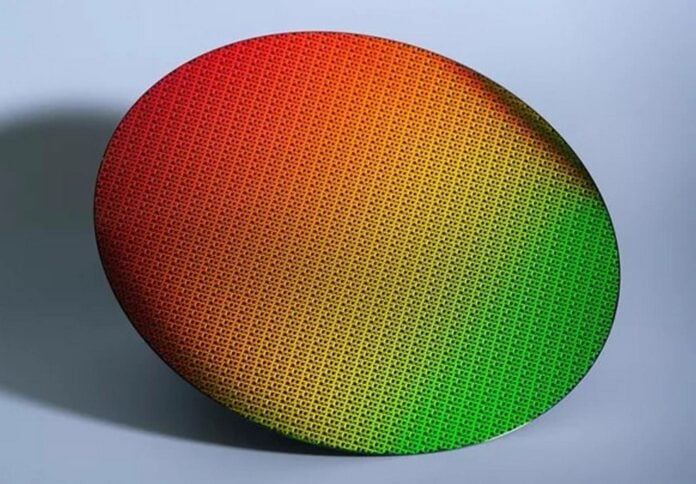Intel may have changed plans for its foundry business, reportedly removing its latest 18A node from the list of available products. Insiders have indicated that the new CEO is considering halting external sales of 18A and its variants to focus on the next-gen 14A node, where Intel believes it can outpace TSMC.
The brand’s newly appointed CEO, Lip‑Bu Tan, has seemingly gone for a major strategic pivot in the company’s foundry business that could reshape its role in the chipmaking market. Since taking the helm in March, Lip‑Bu Tan has been exploring big, radical changes, marking a shift from his predecessor’s roadmap. According to Routers, among these, a plan to abandon the external marketing of 18A. The issue is that Intel has already invested billions in this endeavour, which would be wasted.
Analysts estimate that such a move could cost into the high hundreds of millions or even billions of dollars, depending on the extent of unrecoverable R&D. This could further cripple Intel’s finances, as the brand just had its first unprofitable year since 1986, with a net loss of $18.8 billion in 2024. But with the new CEO under pressure to restore profitability quickly, drastic solutions may be the only way to reach that goal.
For now, the company’s 18A node slots into upcoming Panther Lake processors, slated for volume production later this year. Intel advertises these upcoming CPUs as the most advanced chips manufactured in the USA, featuring new technologies such as PowerVIA and RibbonFET. Combined, these are said to offer around a 25% speed increase or up to 38% power efficiency. Meanwhile, its rival TSMC has set the course for its N2 node, making some wonder if Intel can realistically reclaim technological leadership.
CEO Lip‑Bu Tan apparently thinks this is possible, as his new strategy consists of reallocating resources and engineering away from 18A toward 14A. The latter is seemingly where Intel can get a competitive edge in transistor performance and yields. Thus, by tailoring 14A to the needs of its clients, Intel hopes to attract bigger fish such as Nvidia and Apple. Doing so, Intel would hit two birds with one stone, gaining big customers while disrupting the competition’s revenue streams.
Intel executives are reportedly preparing detailed options for the board, which is set to debate this matter at July’s meeting. That said, the final decision may take some time due to the amount of money at stake. Regardless of the outcome, clients who have already set orders for 18A, such as Amazon and Microsoft, will see their orders fulfilled. Seeing how the company has been steadily losing market share lately, such a bold reassessment may be the gamble needed to turn things around.


